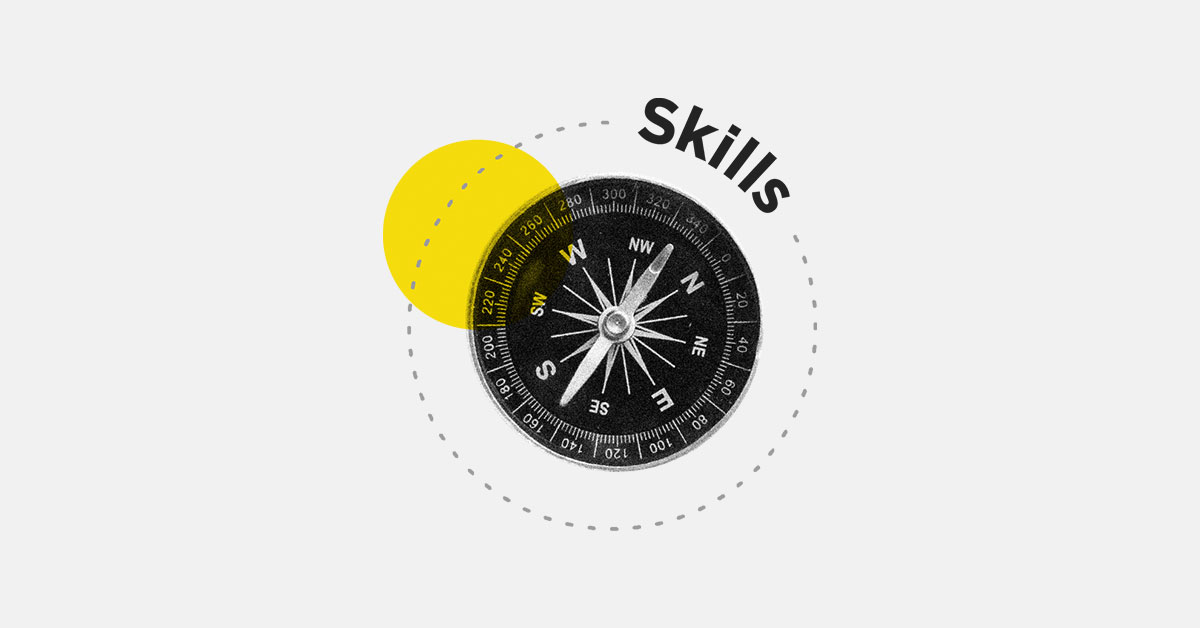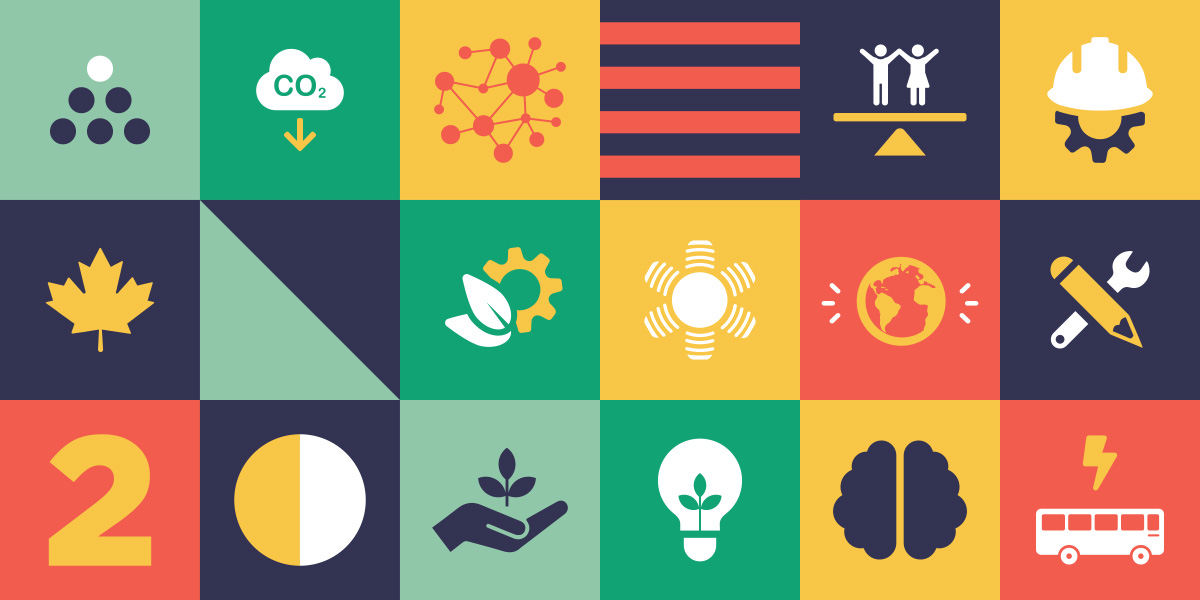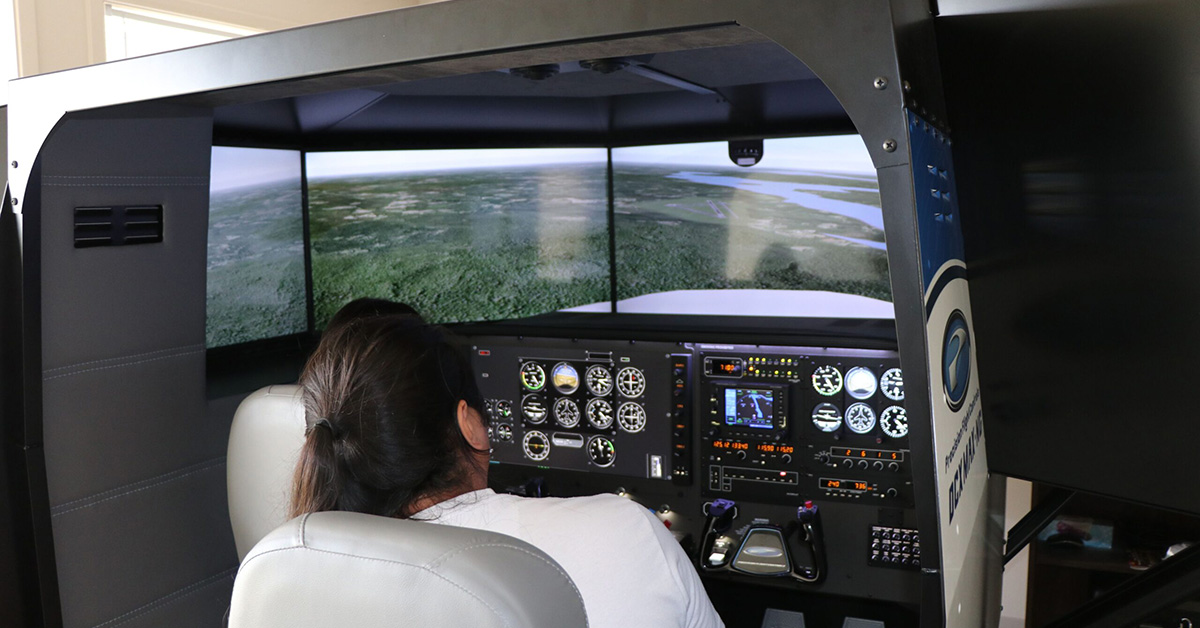Parliament has been dissolved and Canadians will head to the polls on September 20. But what does it all mean? The federal government having familiarity with college and institute priorities is always important. The way we work with government isn’t just about speaking up for our members; it’s also about making sure that the government understands how colleges and institutes support their own priorities. And in the context of an election, voters have a real opportunity to be heard.
Every year, we issue recommendations that make the case, so that when it comes to budgeting, decisionmakers in Ottawa can get the most bang for their buck. Here’s how we see it.
On workforce and recovery, the world of work has changed, and our labour market needs faster and more flexible ways to learn new skills:
- A national micro-credential framework for key sectors will support industry and serve the interests of Canada’s economic, social, and environmental leadership; and,
- Money to develop a national collaboration platform for colleges and institutes to share online resources will boost our technical and trades training capacity in a cohesive and equitable way.
- Expanded streams to permanent residency for international students will also open Canada up to an untapped talent pool.
On inclusive innovation, college and institute applied research means innovative solutions to tangible problems developed and delivered for Canadian businesses and non-profit organizations; the more the better:
- Innovation is also a federal priority, and investment that enables more Canadians from diverse backgrounds to contribute to our innovation ecosystem will create even more solutions.
On reconciliation, colleges and institutes want to deliver on the Truth and Reconciliation Commission Calls to Action:
- Federal dollars for Indigenous-language revitalization programs, OERs on Indigenous histories and the legacy of residential schools, and skills-based training in intercultural competency, conflict resolution, and human rights can help us get there.
On net-zero, inclusive, and digitally-accessible infrastructure, our needs as a country are vastly different from five, ten, or 15 years ago:
- Dollars to make college and institute campuses more sustainable and accessible; to improve learning spaces for Indigenous students; and to upgrade digital infrastructure, simulation technologies, and cybersecurity systems will contribute to Canada’s infrastructure ambitions.
On green recovery, Canada’s ambitious net-zero goals could use a significant boost from a new network of 50 College Sustainability Centres leveraging existing college and institute assets like campus infrastructure, research centres, and community partnerships.
- Around the world, we can also support developing countries in their net-zero transitions through skills training and applied research programs like Education for Employment!
There’s certainly a lot on the agenda for this election, as we enter a fourth wave of the pandemic and as wildfires continue to rage in many parts of the country, but our newest elected officials will be well advised to recognize what colleges and institutes can do for the country and their constituents over the next four years.
Election watch: Learn more about how Canada’s colleges and institutes contribute to building resilient communities, facilitating recovery and supporting innovation.
A word from Elections Canada:
- Elections are important: Are you registered to vote in federal elections? This is a unique election, and your voting experience will be different: Learn about voting by mail.
- For students: Confirm the address you consider “home,” whether at school or otherwise. (Note that Vote on Campus will NOT be offered for this election).
- On employment: over 200,000 paid positions are available. Help support Canada’s democracy while getting paid to do it!










